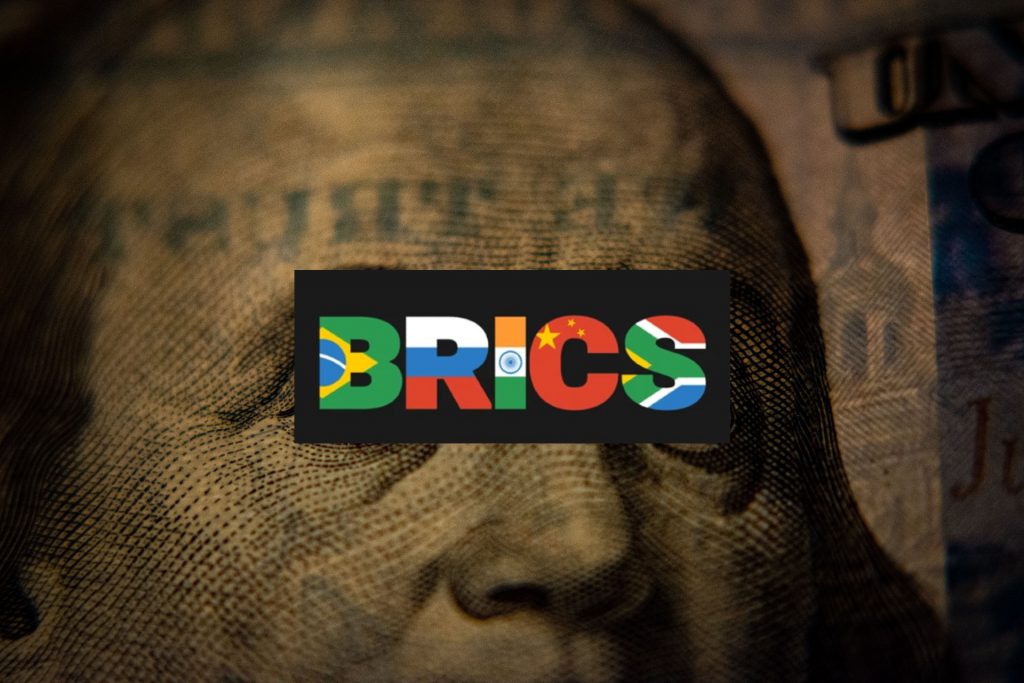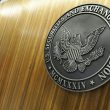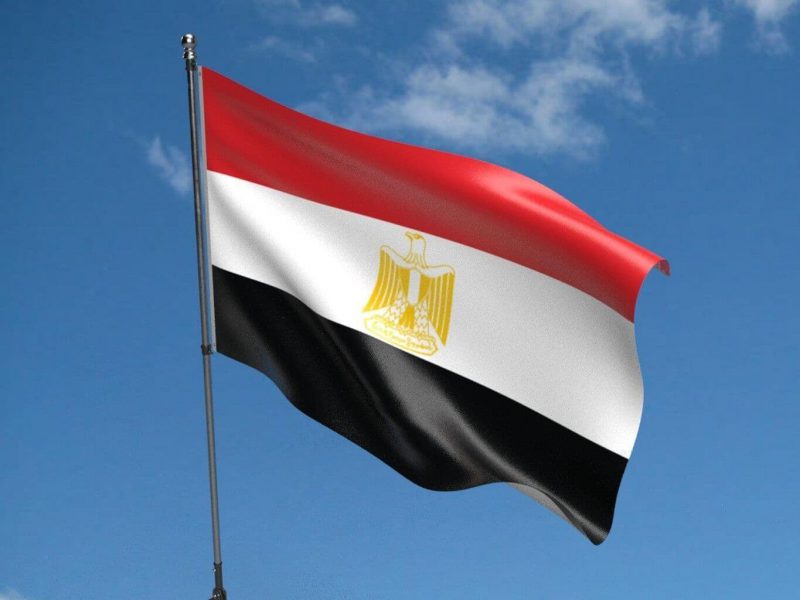According to the country’s supply minister, Ali Moselhy, Egypt is bonding the US dollar in its trade with the BRICS economic bloc. Moreover, the move follows similar actions taken by a host of countries. Aligning with the bloc’s de-dollarization efforts going into effect over the last several months.
Moselhy told Reuters that Egypt is set to pay for imports from India, Russia, and China in local currencies. Alternatively, discussing a credit line with India, Moselhy stated that “nothing of the sort has been implemented but there are discussions,” regarding trade in local currencies.
Egypt Trading with BRICS in Local Currencies
The rise of the BRICS economic bloc has been an interesting point of observation this year. Indeed, the collective has seen its role grow, shifting the global power balance. Subsequently, it has driven de-dollarization efforts in hopes of creating renewed multipolarity in global finance.
Now, Egypt has announced that they are abandoning the US dollar in their trade with the BRICS bloc. Specifically, Egypt’s Supply Minister Ali Moselhy stated the change in trade practices for the country. Specifically, its shift away from the greenback, which has been the prominent currency for international trade settlements.


Speaking to Reuters, Moselhy said, “Nothing of the sort has been implemented, but there are discussions so that we can trade in local currencies of countries like India, Russia, or China.” Moreover, the change will likely continue the rapid economic growth of the bloc. A growth that has already outpaced the G7 countries.
Conversely, the BRICS Summit is set to take place in August of this year. Subsequently, the gathering will likely feature discourse surrounding the implementation of a BRICS currency. Moreover, this alternative currency would be used for international trade settlements. Thus, challenging the current standing of the US dollar even more than it currently is.





